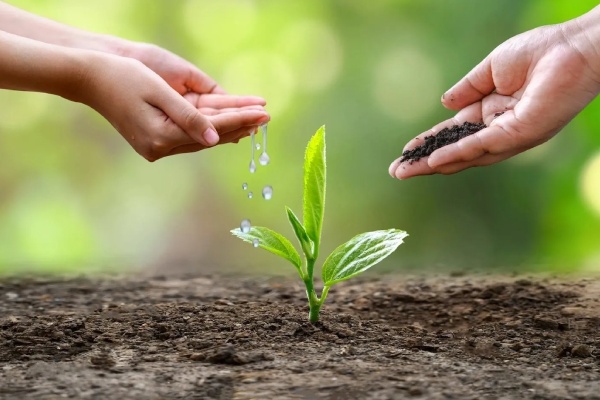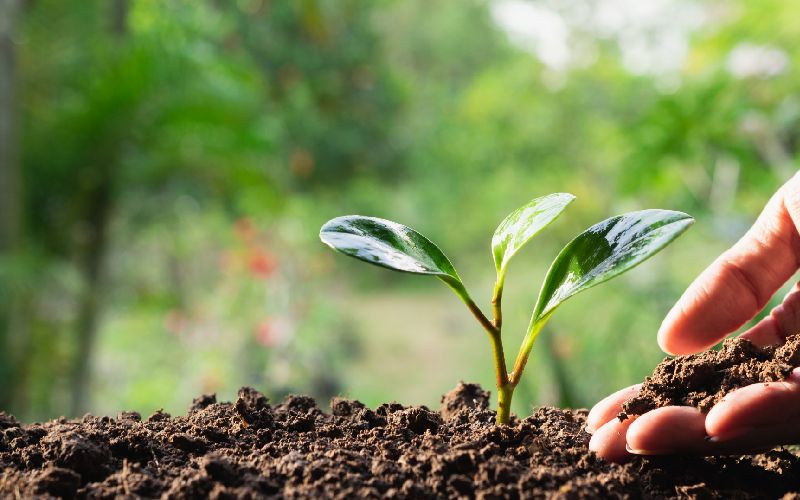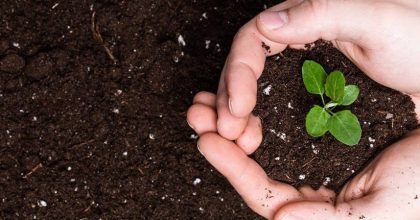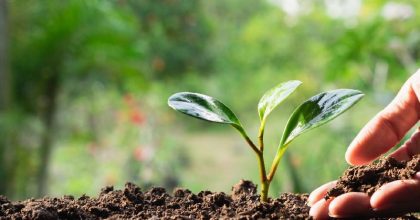Fertilizers are compounds that can be produced artificially or naturally. They are usually applied directly to the soil or as a coating on seeds before planting. By providing specific nutrients and minerals that the soil may lack, fertilizers help plant growth. There are various types of solid and liquid fertilizers available in the market, and understanding them before use is crucial. Fertilizers may consist of single or combinations of different nutrients and trace elements. Types of fertilizers include:
- Organic Fertilizers
- Inorganic Fertilizers
- Mineral Fertilizers
- Nitrogenous Chemical Fertilizers
- Complete Fertilizers / NPK Fertilizers
N-P-K stands for Nitrogen, Phosphorus, and Potassium, three primary chemical substances that aid in plant growth. Nitrogen promotes the growth of new leaves, phosphorus builds strong roots and forms flowers, and potassium keeps plant cells strong and healthy.
All fertilizers contain nutrients that promote better growth and plant health, but some are complete foods for plants, providing sixteen essential nutrients, while others target specific needs or deficiencies. Fertilizing with awareness and appropriateness greatly benefits most plants and increases flower and crop yields. Fertilizers come in two forms: solid granular fertilizers) and liquid fertilizers (hydroponic nutrients). Although these two forms are quite different, their primary goal is to provide nutrition to a garden or specific crop.
Differences Between Solid and Liquid Fertilizers
Both solid and liquid fertilizers have significant effects and provide the same amount of nutrients, but they also have differences:
- Distance from Plant Roots to Nutrient Elements in Fertilizer: Less mobile nutrients like phosphorus cannot move more than the size of the granules containing them towards the plant, but liquid fertilizers have greater mobility in soil and water solutions.
- Salt Content: Solid fertilizers can be hot, and roots can steer clear of a band of granular fertilizer containing high levels of nitrogen and potassium. Liquid fertilizers are often preferred at the start or before planting.
- Consistency: The nutrient content in each drop of liquid fertilizer is consistent, while solid fertilizers have separate nutrient components in each granule.
Both solid and liquid fertilizers have their own advantages and disadvantages, a closer look at these pros and cons helps manufacturers decide which type and when to use them













One Response
Greetings! I’ve been reading your website for some time now and finally got the courage to go
ahead and give you a shout out from Humble Texas! Just wanted to say keep up the excellent job!